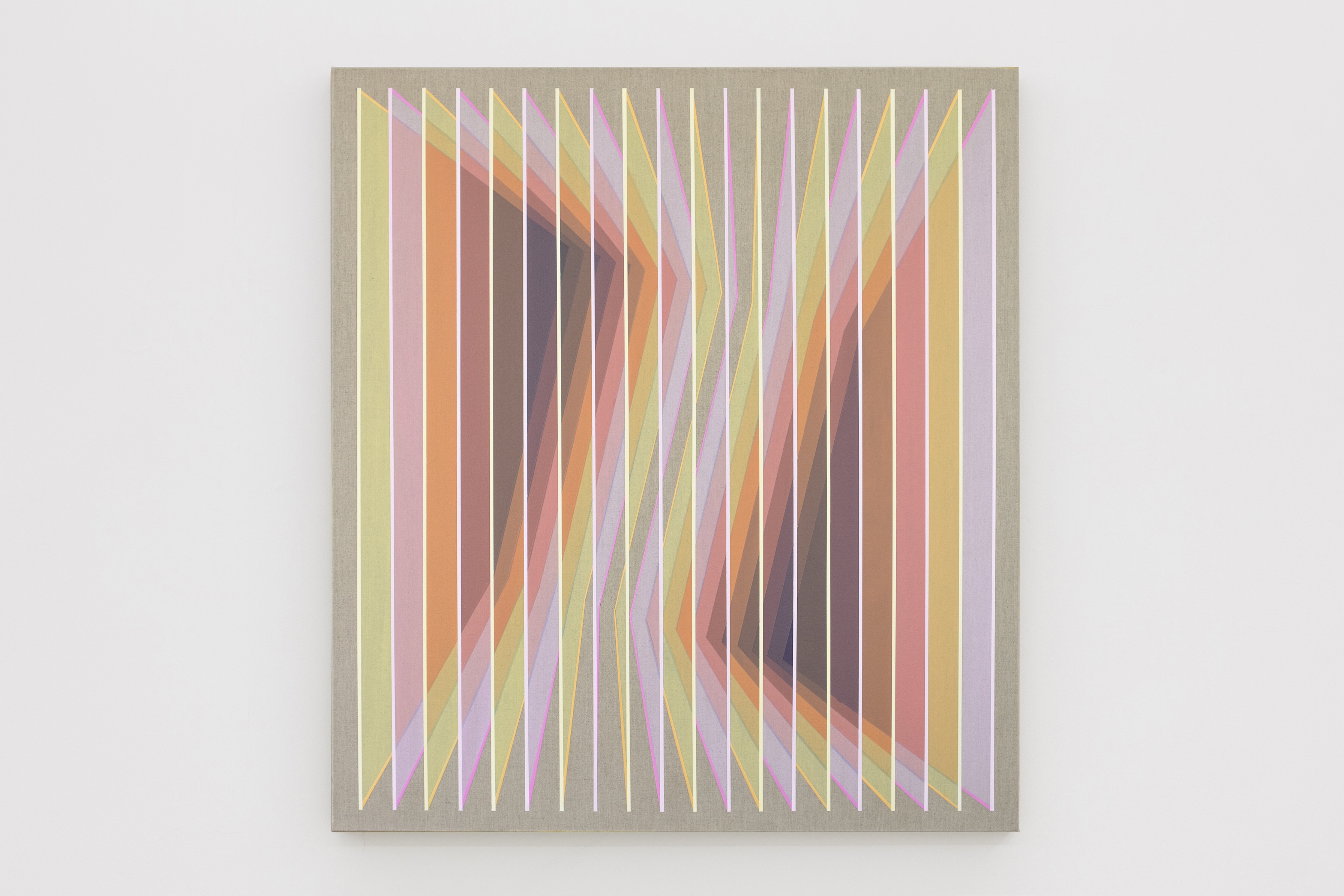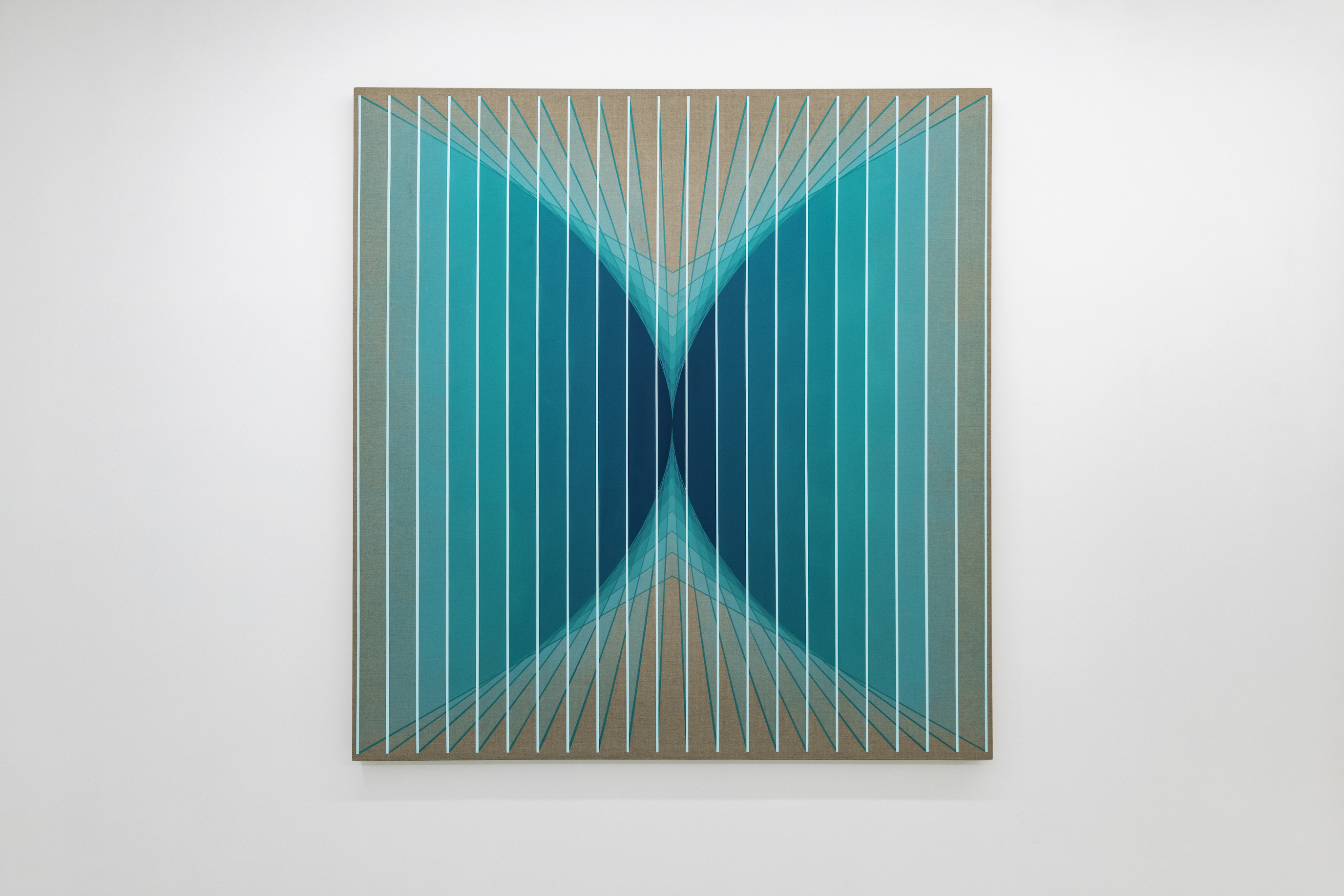
Daniel Mullen
His work explores how perception is shaped—visually, emotionally, and spatially—through relationships between form, color, light, and material. He creates conditions where meaning arises through interaction: between surface and depth, between objects and their environment, between viewer and work. Grounded in a phenomenological approach, his practice attends to how perception is embodied and contingent—how it unfolds in time, shaped by movement, attention, and encounter. The viewer’s presence activates the work, forming a shared field of experience. This interest in co-authorship—where the act of looking becomes part of the construction of meaning—runs throughout his practice. This approach stems from a persistent need to orient myself—as a way of grappling with the complexities of perception, relation, and attention. These works are not illustrations of those dynamics, but a way of living with them—opening space for dialogue through material, encounter, and the shifting presence of the viewer. While painting forms the core of his work, Mullen also engages with sculpture and installation to extend these concerns into space. The rectangle recurs as a structuring element, serving both as compositional anchor and as a framework for generating depth beyond the surface. Within this constraint, rhythm and deviation, transparency and interruption, are allowed to unfold. His process is methodical but not rigid—guided by systems yet responsive to nuance, attuned to the presence of the hand, and open to optical instability. Geometry becomes a field for tension, where structure gives way to sensation. His sculptural works—using mirrored steel, wood, and porcelain—expand the perceptual logic of painting into three dimensions. These works draw the viewer into a shifting relationship with form, reflection, and space, where perception becomes unstable, embodied, and relational. Across all media, Mullen’s work opens up the conditions for perception to be experienced as dynamic, participatory, and co-constructed—less a matter of representation than of relation. What happens when seeing becomes a form of relation—something lived, unstable, and shared?
Receive more information on available works from this artist.

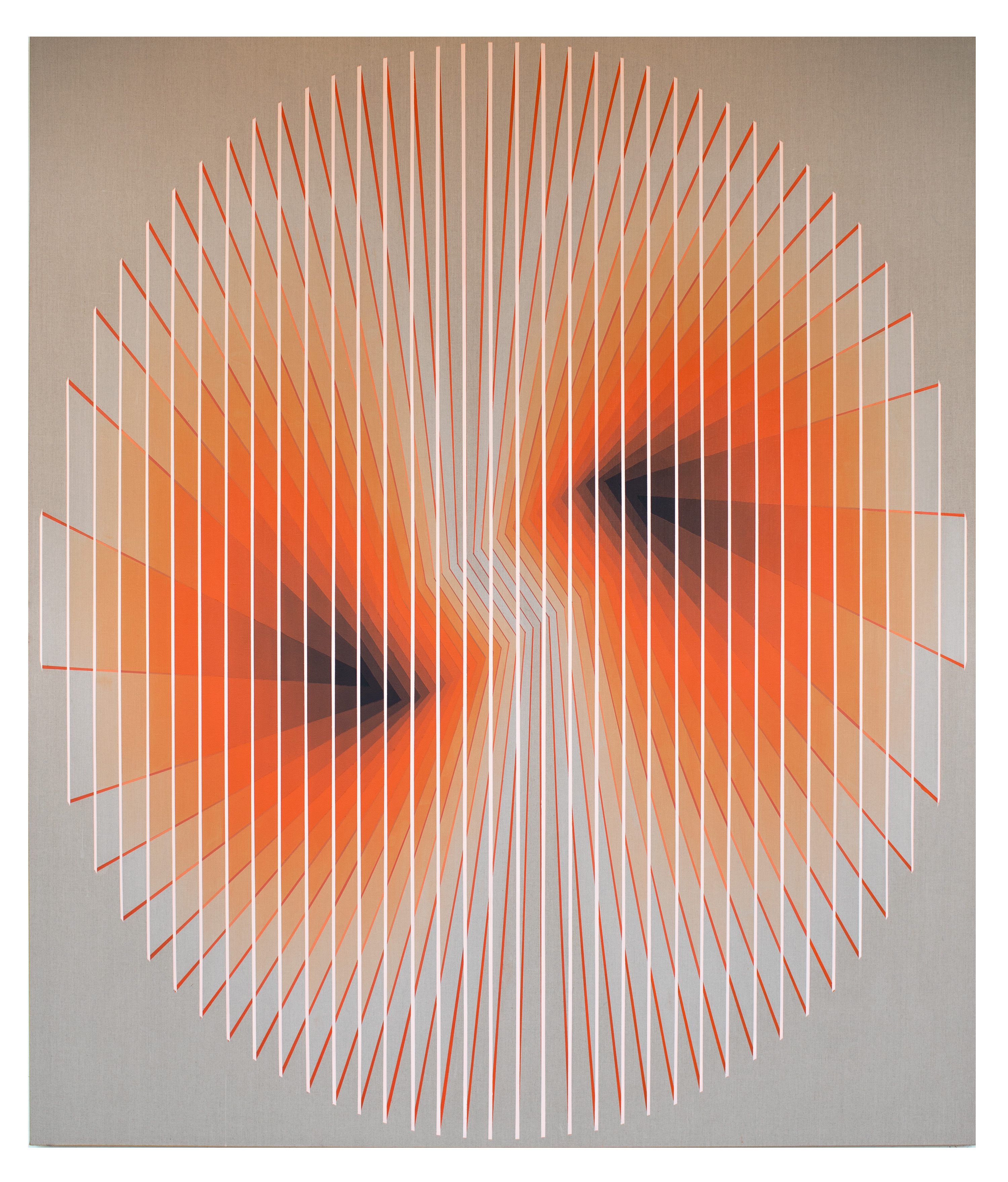
Vortex No.8
2021 Acrylic on linen 240x250cm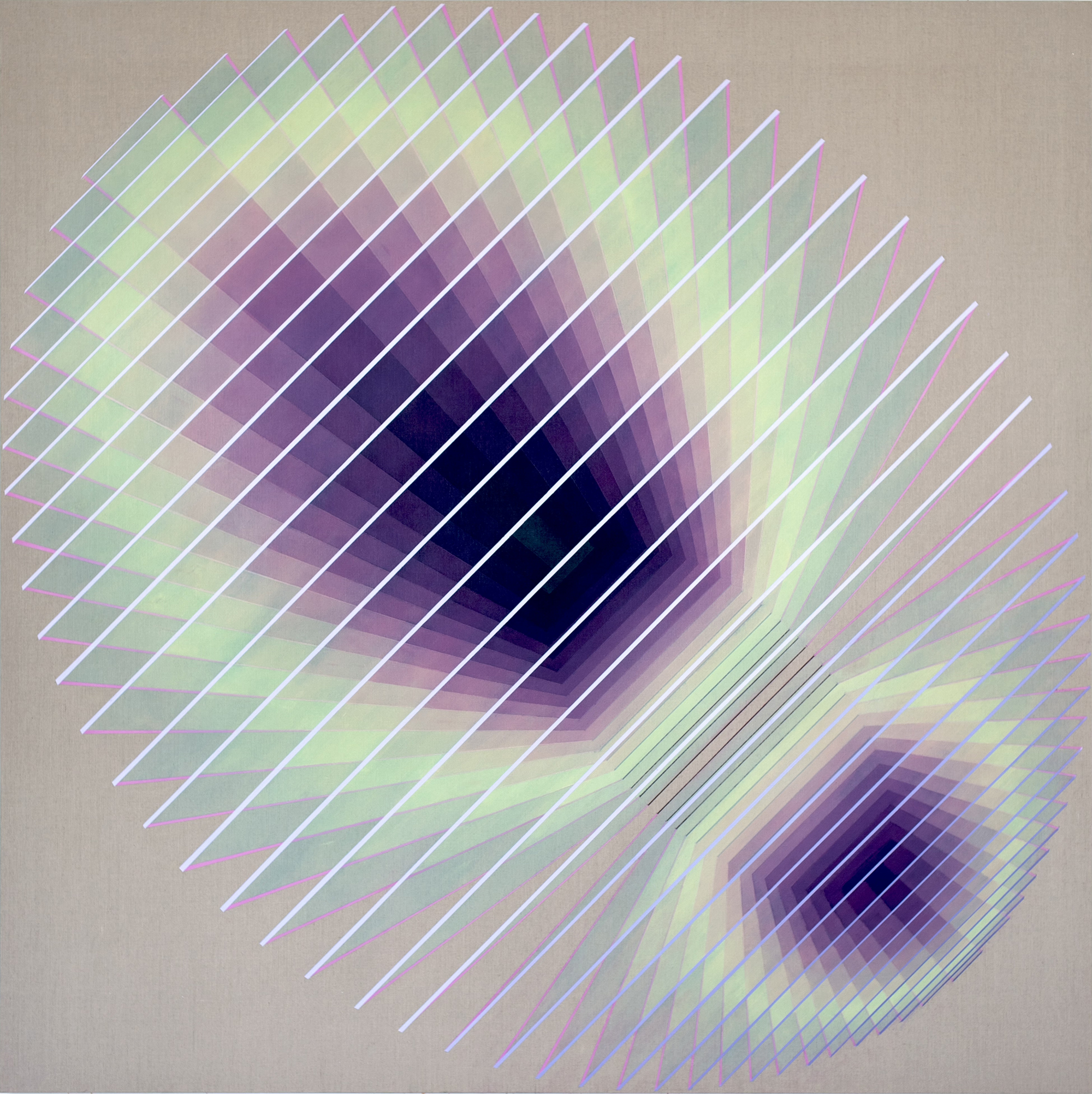
Slouching Towards No.5 (Future Monuments 048)
2021 Acrylic on linen 70 7/8 x 70 7/8 in 180x180cmEphemeral Field
2020 Acrylic on linen 170x190cm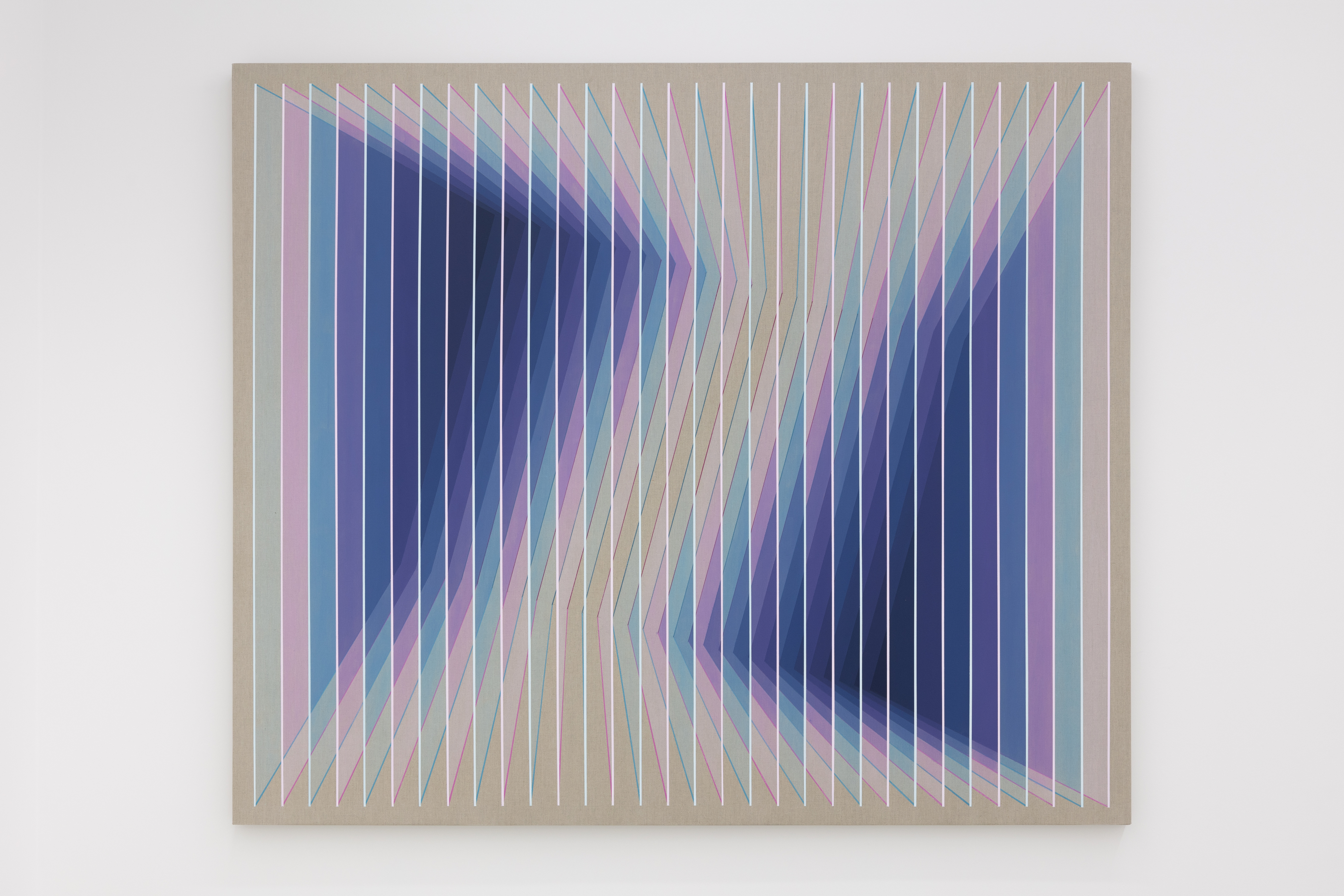
Proximity V: Purple Blue Shift
2025 Acrylic on linen 200 x 170 cm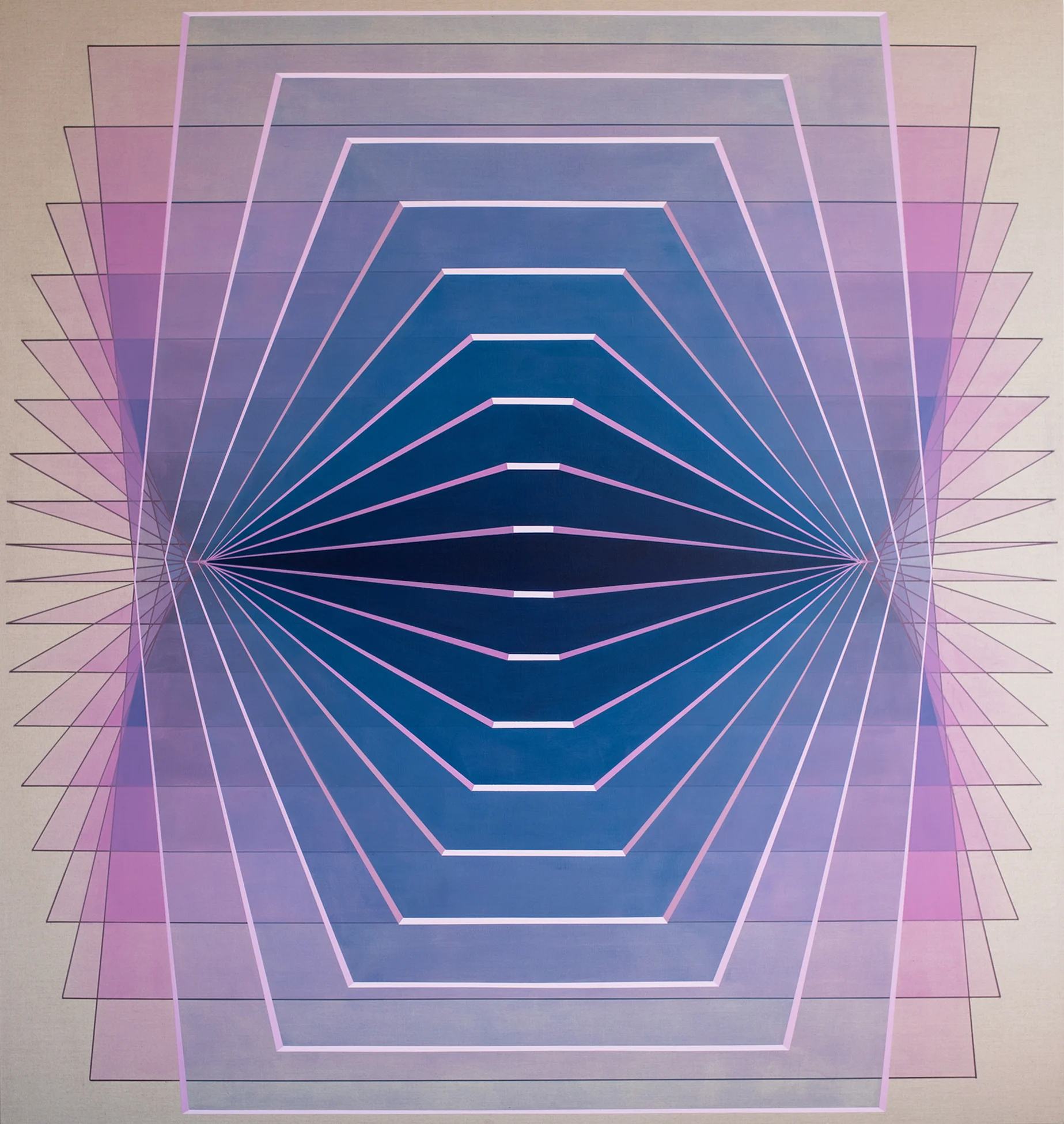
Resurgence (Future Monuments 036)
2021 Acrylic on linen 200x190cm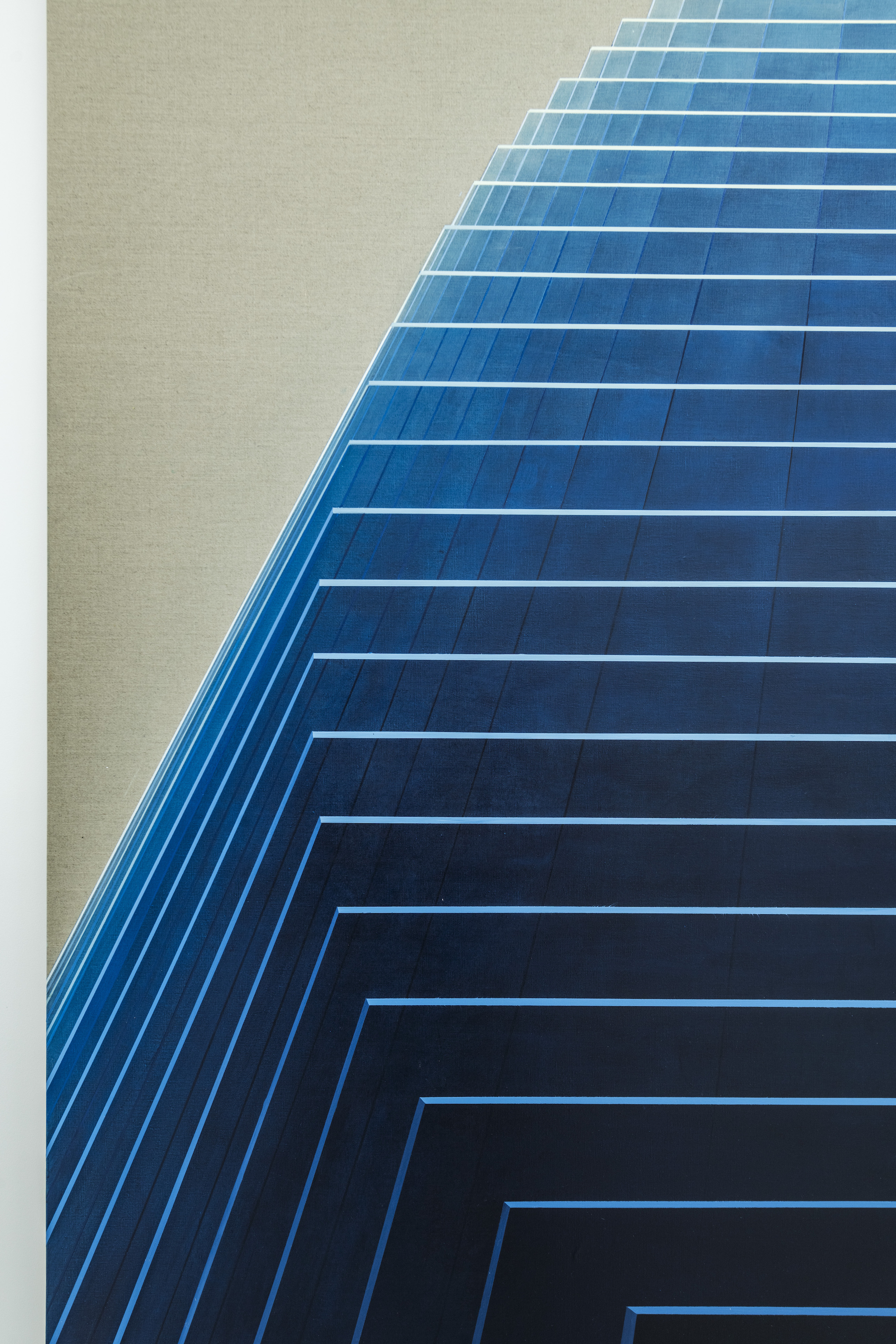
Arising
2021 Acrylic on linen 190 x 200 cm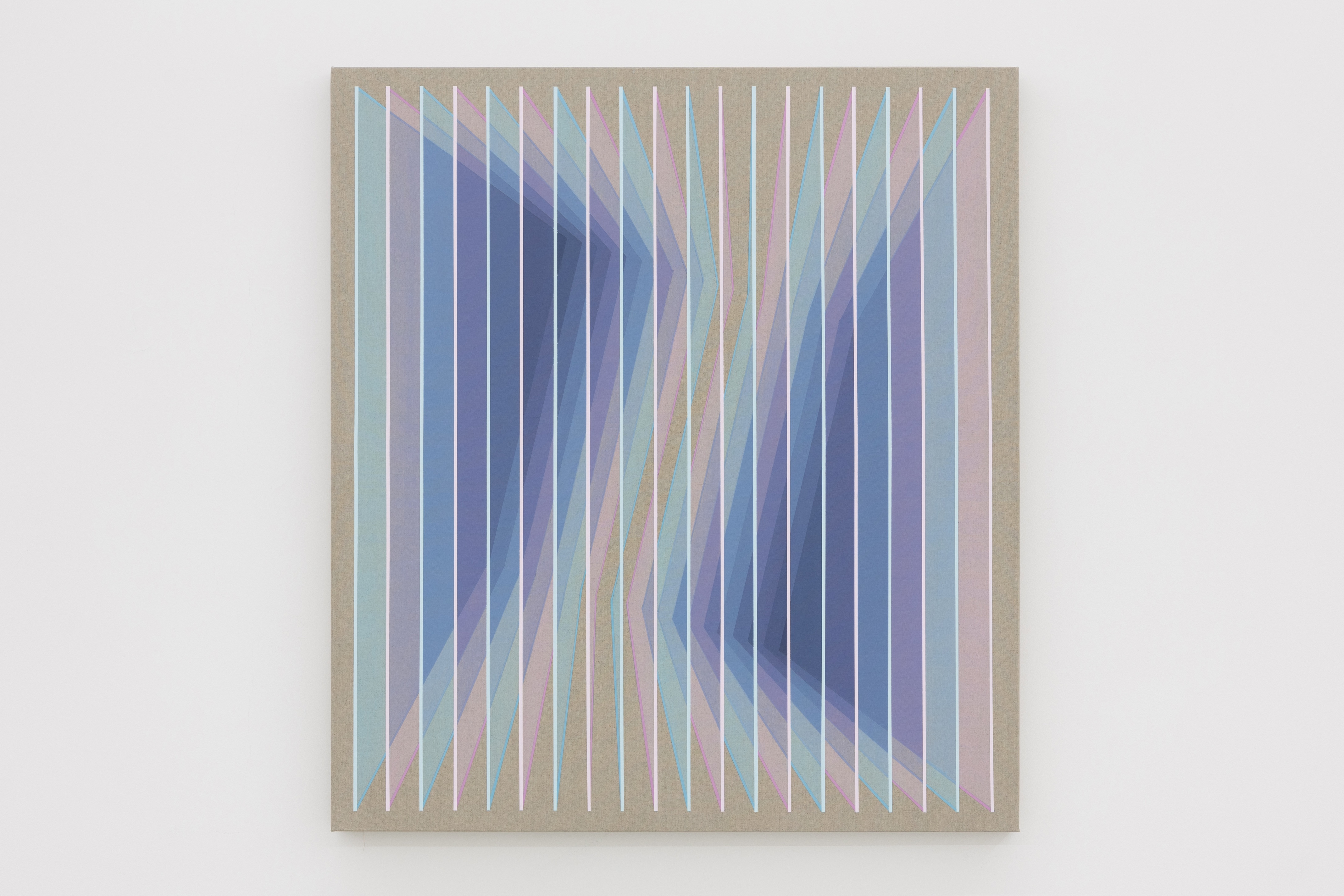
Proximity IV: Purple Shift
2025 Acrylic on linen 100 x 90 cm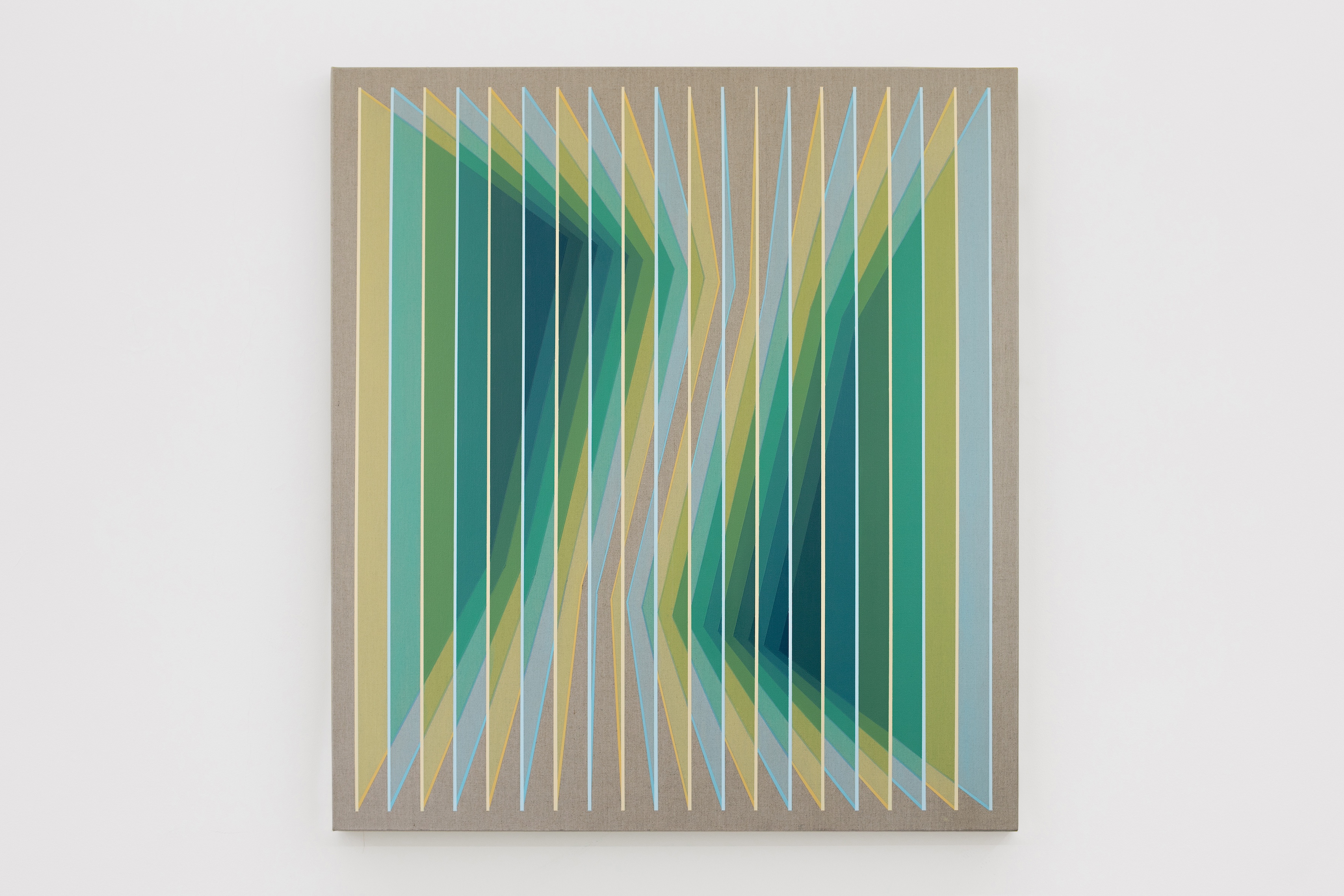
Proximity I: Green Shift
2025 Acrylic on linen 100 x 90 cm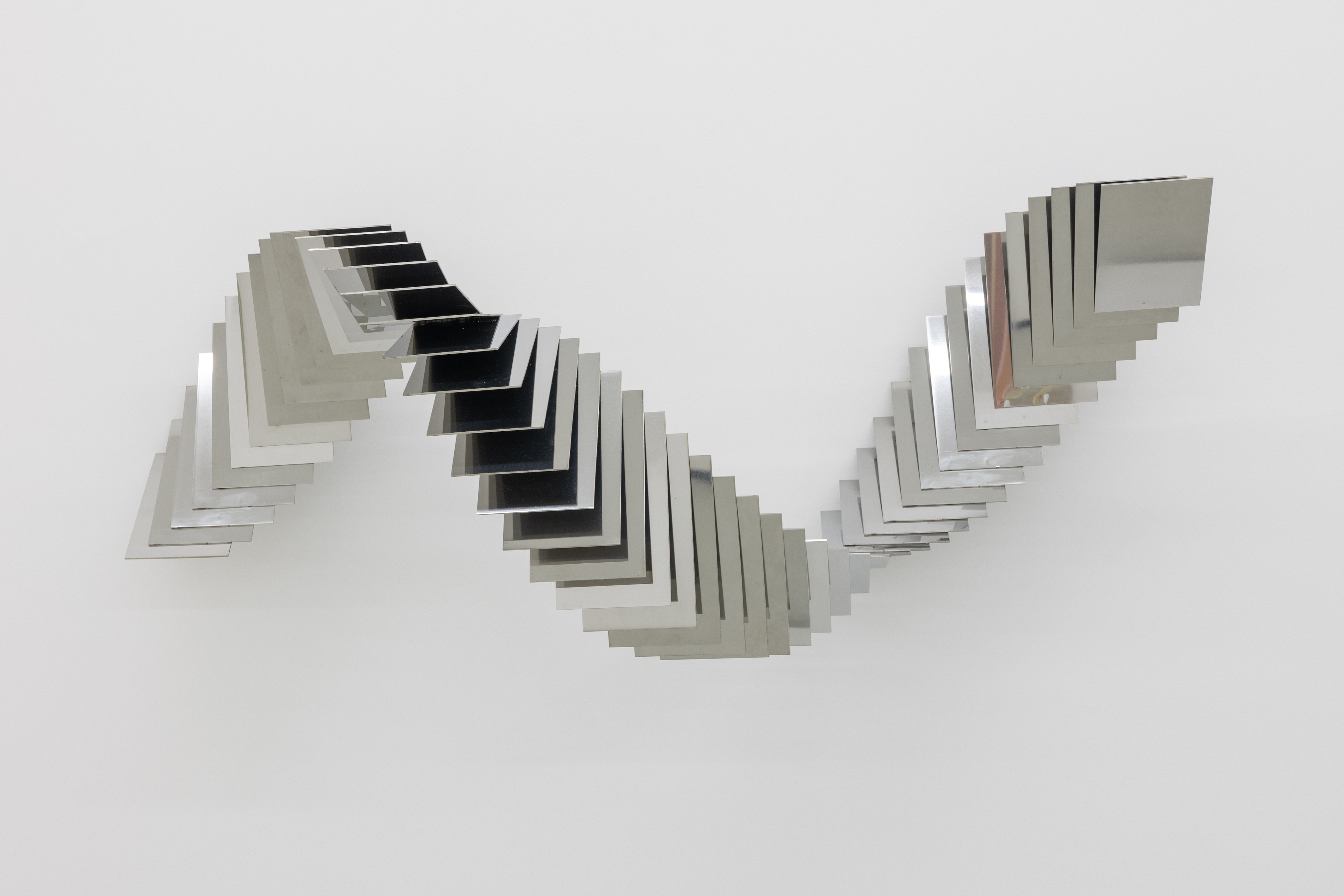
Liminal Suspensions-Helical
2025 Polished metal plates 110 x 43 x 42.5 cm
Lemnos II
2021 Acrylic on linen 205 x 220 cm
Liminal Suspensions-Plume
2025 Polished metal plates 55 x 25 x 12 cm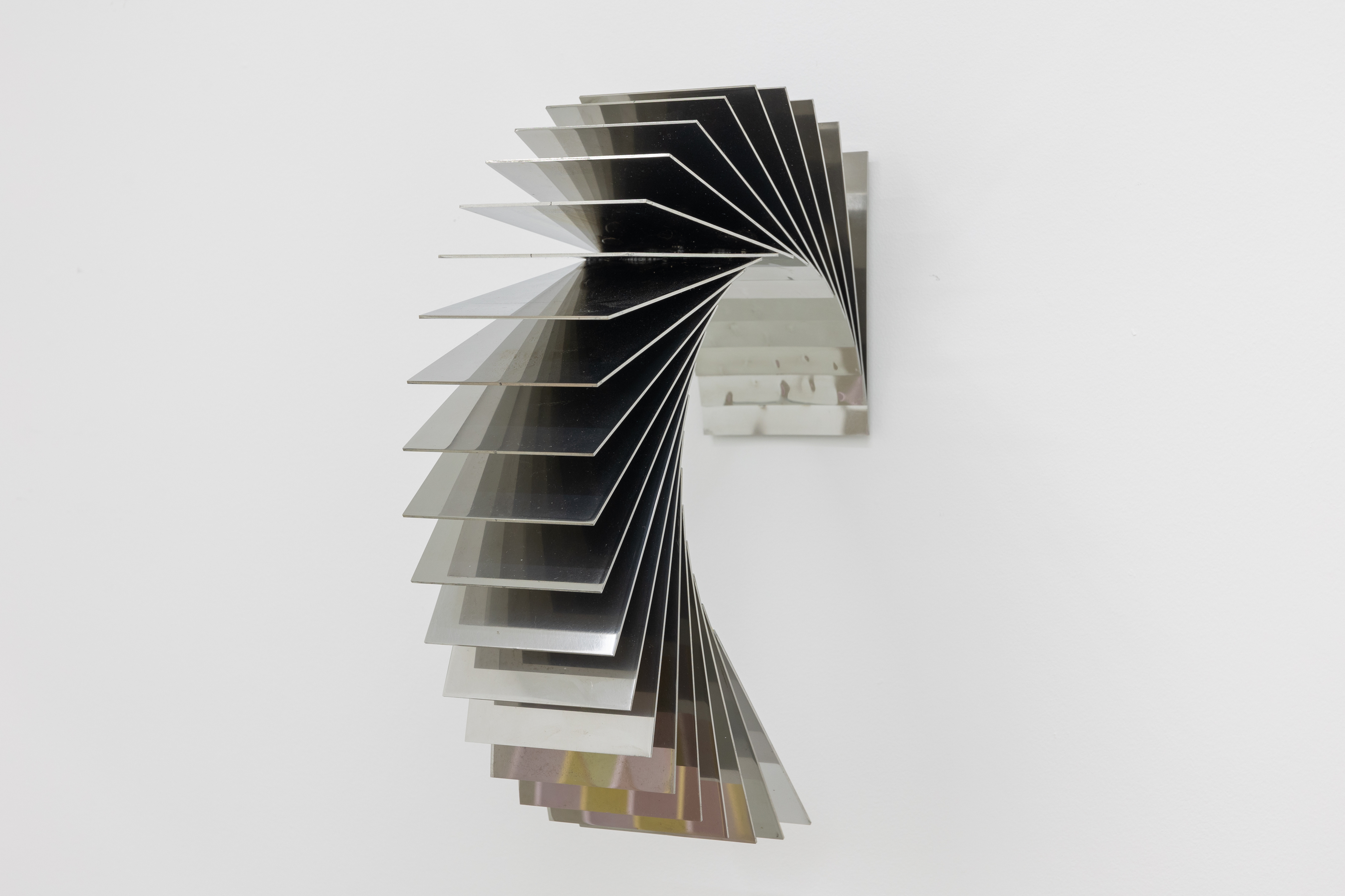
Liminal Suspensions-Ascent
2025 Polished metal plates 42.5 x 42.5 x 12 cm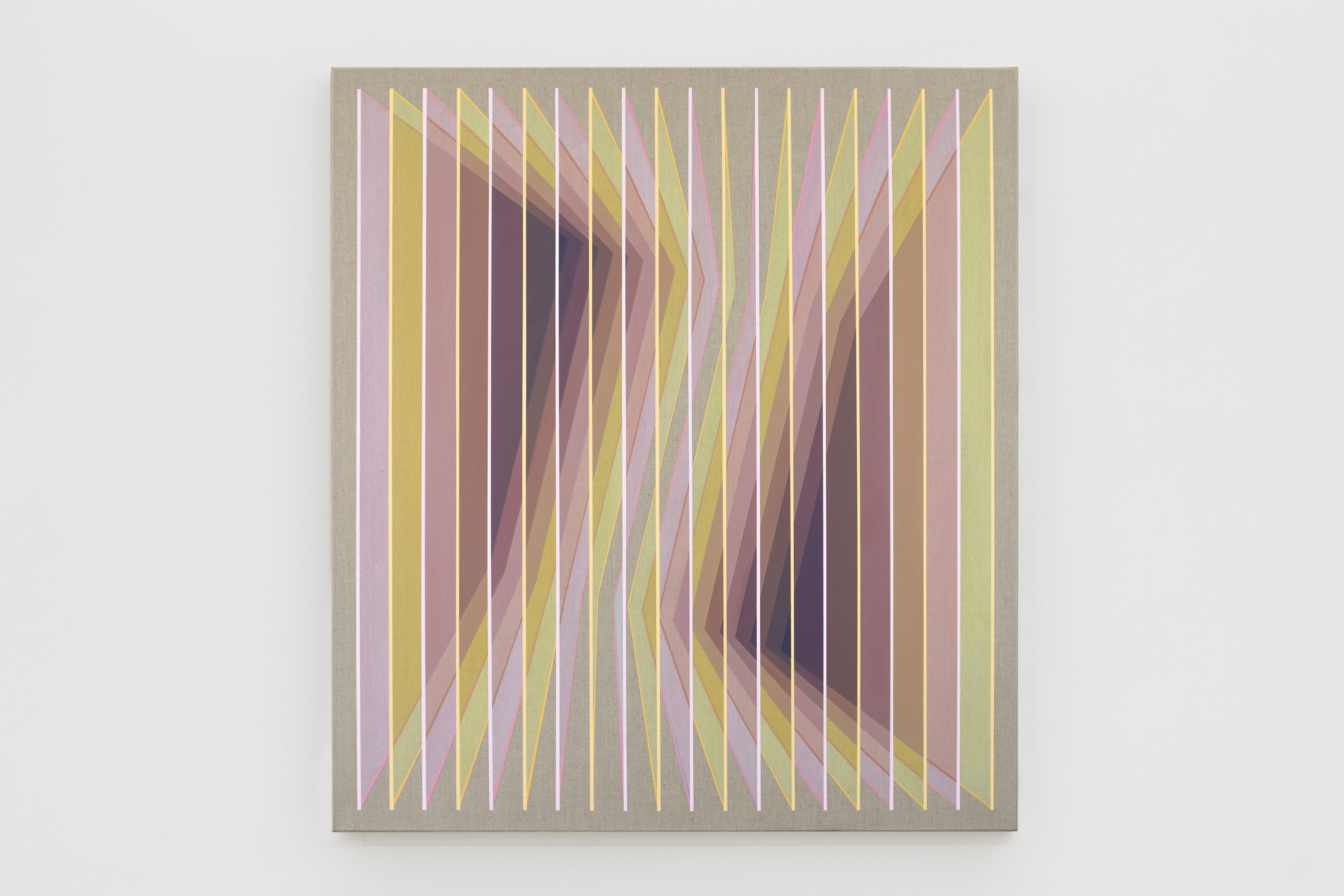
Proximity III: Pink Shift
2025 Acrylic on canvas 100 x 90 cm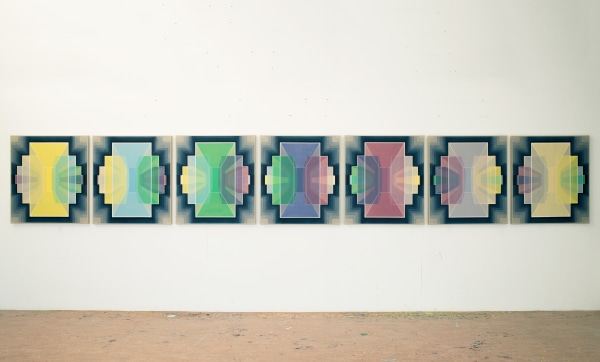
Days Of The Week (Heptatych)
2020 7 canvases: Monday 90 x 100 cm Monday 90 x 100 cm Wednesday 90 x 100 cm Thursday 90 x 100 cm Friday 90 x 100 cm Saturday 90 x 100 cm Sunday 90 x 100 cm